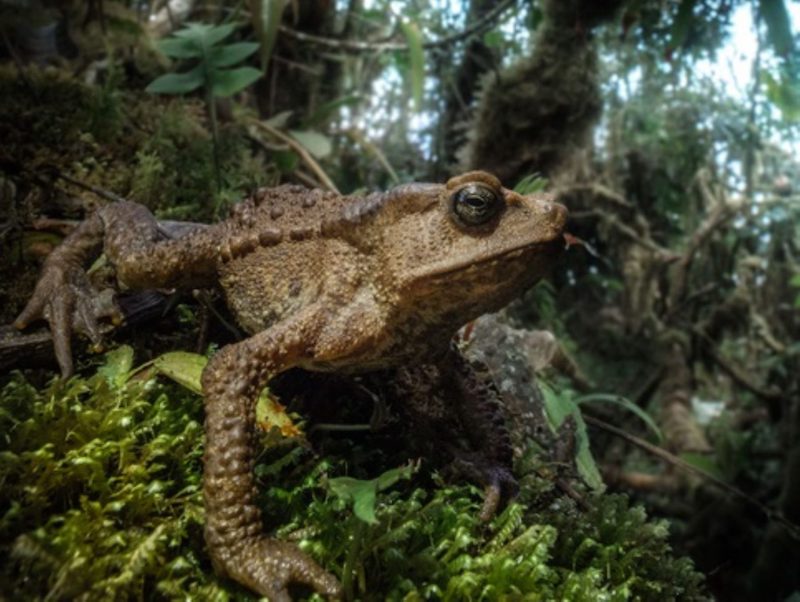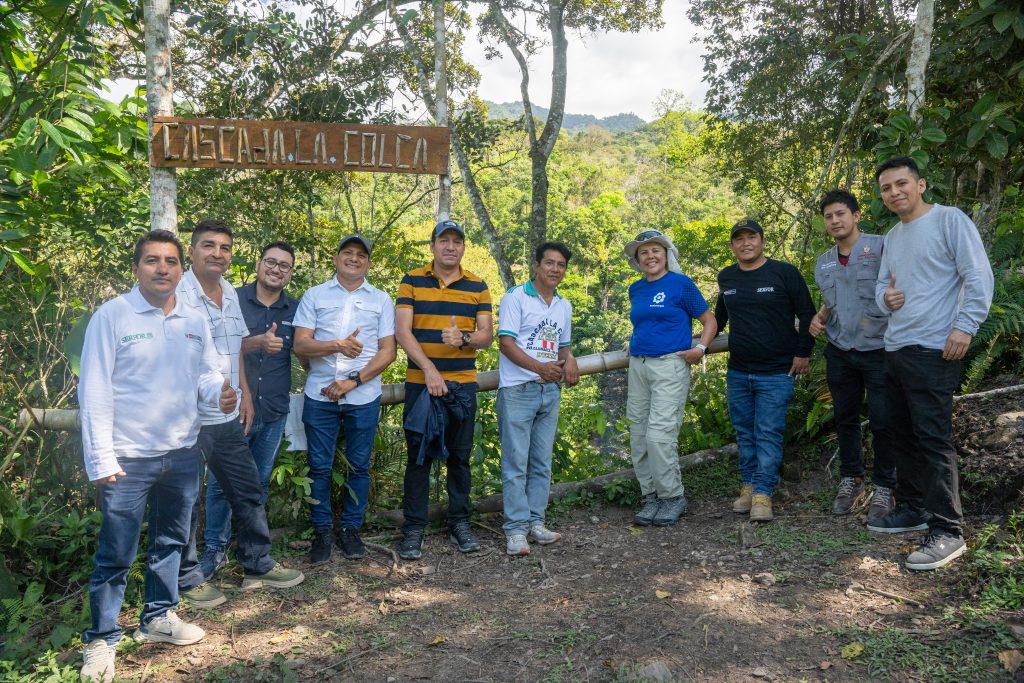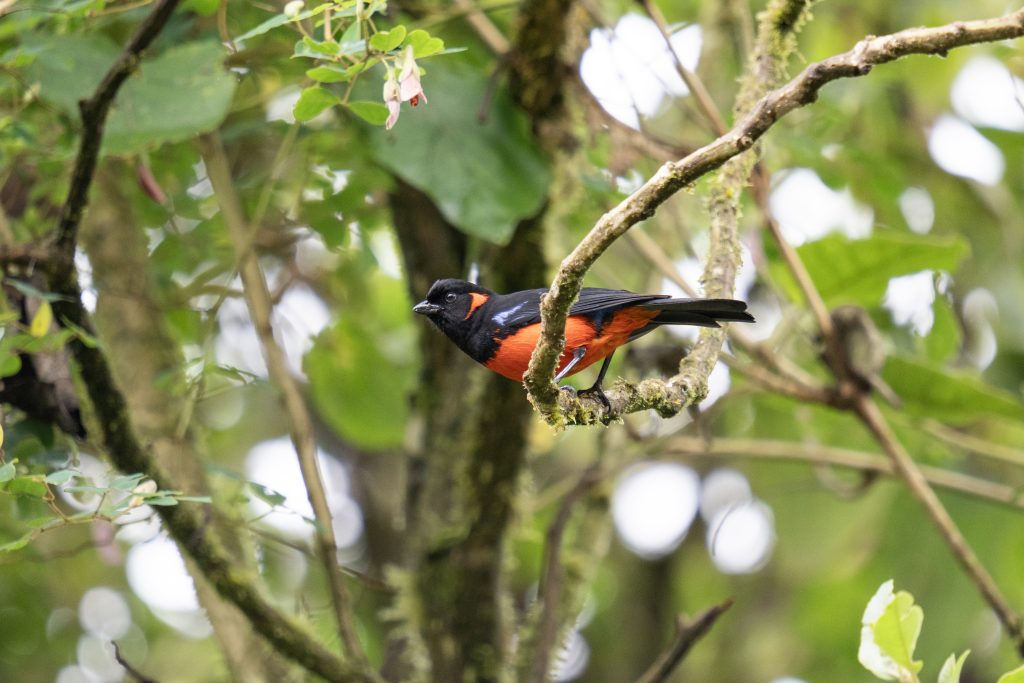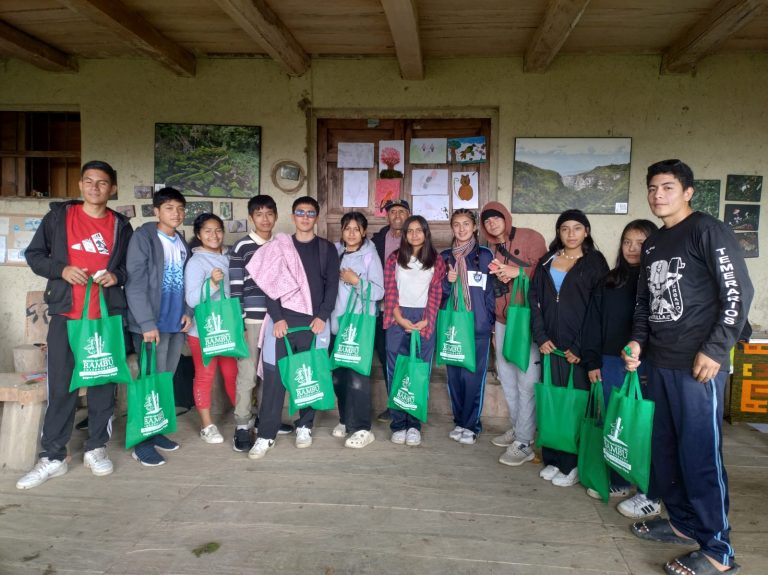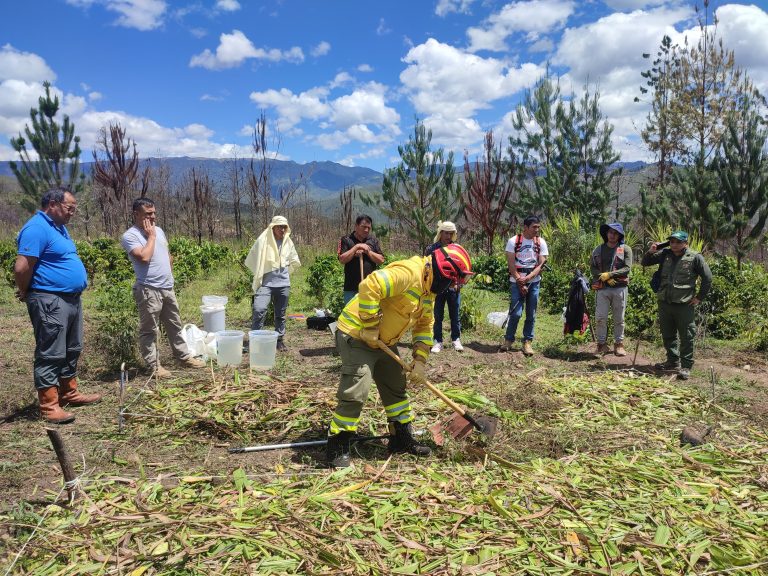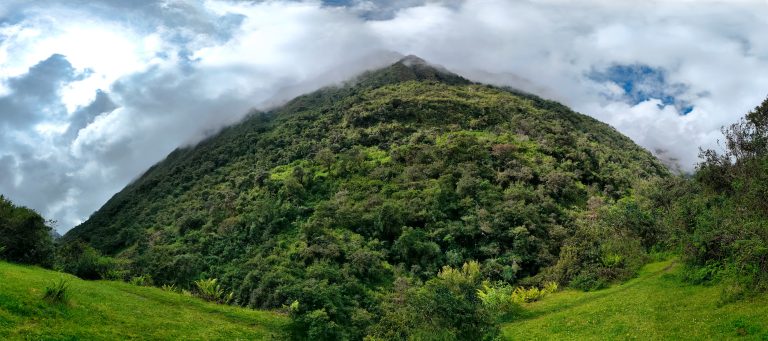August 2021. – A total of 26 new species of amphibians and reptiles were registered in the Cordillera de Colán National Sanctuary, a protected natural area located in the Amazon region, informed the National Service of Natural Areas Protected by the State (Sernanp).
This important discovery was made as part of the research study developed by Peruvian herpetologist Pablo Venegas of Corbidi (Center for Ornithology and Biodiversity), with the support of park rangers and specialists from Sernanp, which covered areas both inside and adjacent to the Cordillera de Colán National Sanctuary.
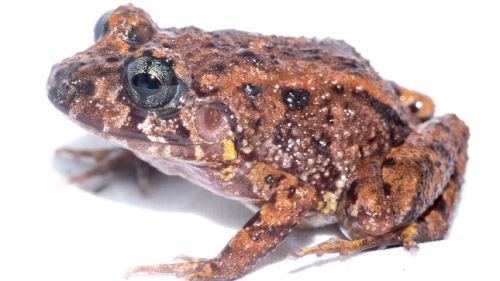
Photography: Pablo Venegas
Sernanp also revealed that as part of the research, two expeditions were carried out deep into the inhospitable mountains of Cordillera de Colán, reaching the summit that had not been studied in depth. Each expedition lasted 20 days and between the two expeditions a total of 53 amphibian and 13 reptile species were recorded, of which 22 amphibian and four reptile species were new to the Sanctuary.
Of this total, four species have been described so far: the marsupial frog Gastrotheca gemma sp. nov. (described last April), the mountain toad Rhinella moralesi and the direct-developing frogs Lynchius waynehollomonae and Oreobates colanensis, the latter two recently described for science in the scientific journal Neotropical Biodiversity.
Both species were found in the cloud forests located in the area adjacent to the Sanctuary, within the territories of the Copallín Private Conservation Area and the Cerro El Adobe Conservation Concession. These direct-developing frogs belong to the Brachycephalioidea family, one of the most diverse groups of amphibians on the planet, which are characterized by not undergoing metamorphosis from tadpole to frog, because they are born fully developed as miniature replicas of an adult frog.
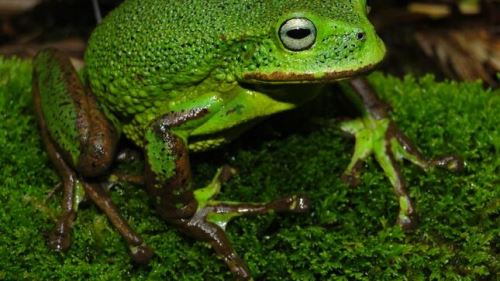
Photography: Pablo Venegas
In the case of Lynchius waynehollomonae, this species has a grainy skin and long legs, characteristics that make it different from most of its congeners, which are smooth-skinned with a stubby body and short legs. In addition, it is the only one that inhabits the Peruvian Yungas ecoregion. While the Oreobates colanensis has a pattern of colorful spots in the groins and inner surfaces of the legs, besides being the only Andean species of the genus Oreobates, which reaches the north of Peru.
Likewise, the mountain toad Rhinella moralesi is a species of regular size with specimens reaching up to 9 centimeters in length. It was first discovered in the Río Abiseo National Park in 1999 by herpetologist Lily Rodríguez and then between 2008 and 2019, by herpetologist Pablo Venegas in six more localities, located between 1788 and 2305 meters altitude in the regions of Amazonas and San Martin, including the area surrounding the Cordillera de Colán National Sanctuary.
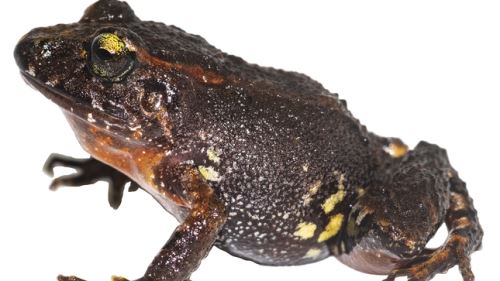
Photography: Pablo Venegas
This study was funded by the Critical Ecosystem Partnership Fund, through Profonanpe, Peru’s environmental fund.
Source: ANDINA


